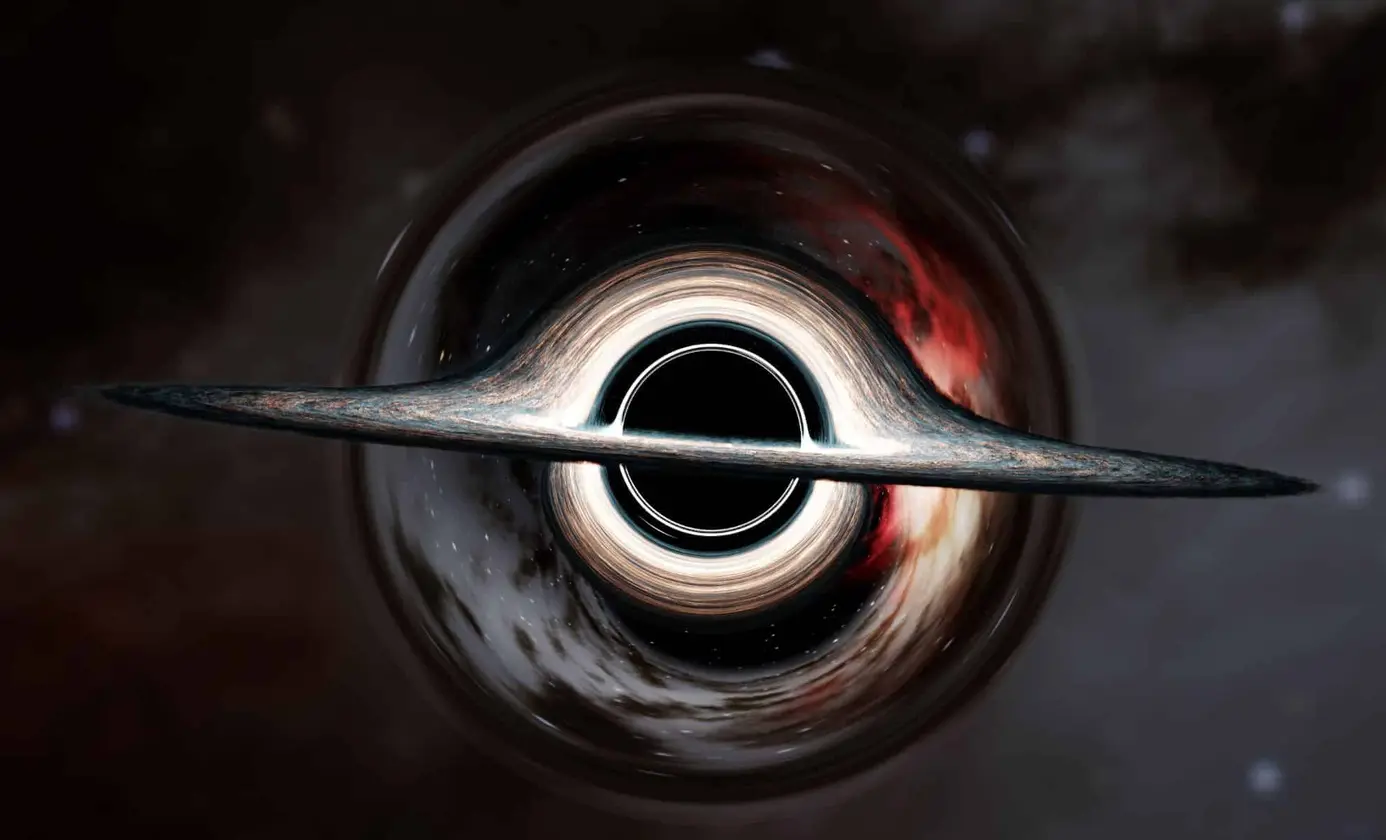T4K3.news
JWST finds earliest black hole in the universe
Astronomers confirm CAPERS-LRD-z9 hosts the oldest known black hole dating to 500 million years after the Big Bang.
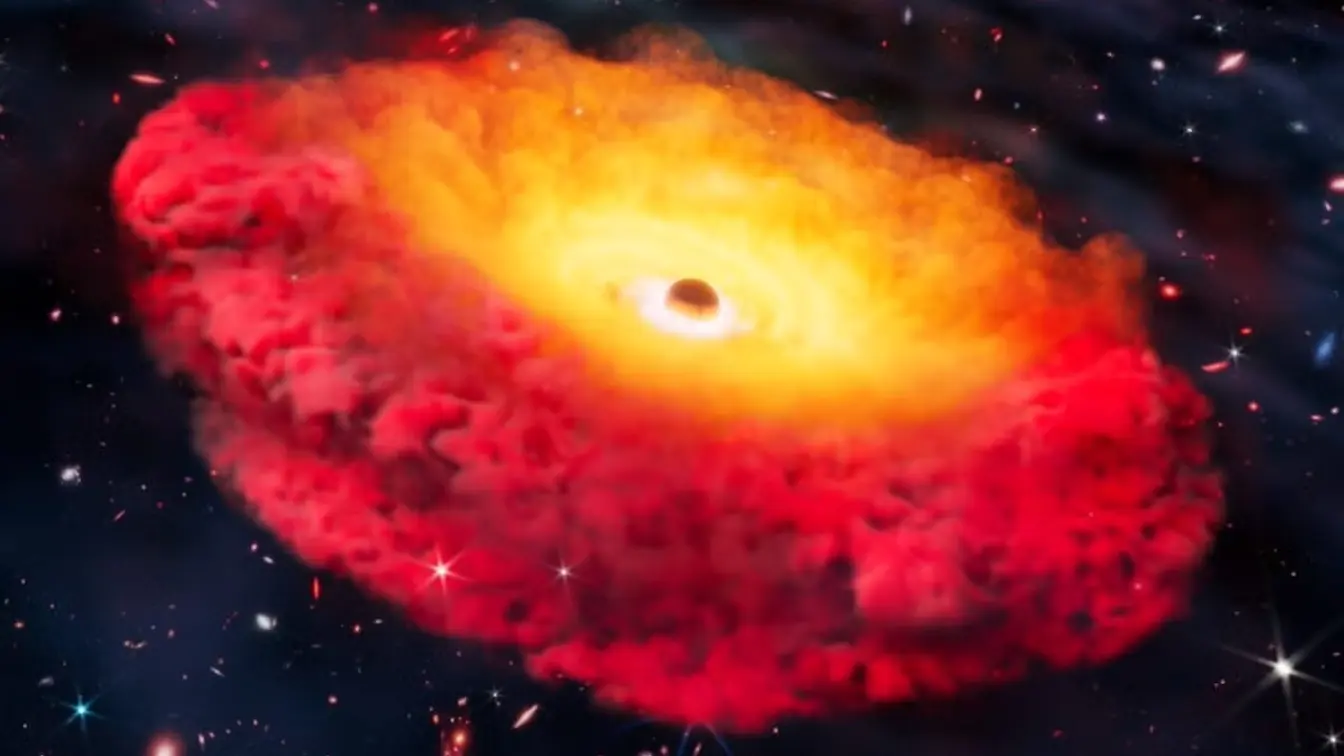
Astronomers using the James Webb Space Telescope confirm CAPERS-LRD-z9 hosts the earliest known black hole dating to 500 million years after the Big Bang.
JWST finds earliest black hole in the universe
Scientists using the James Webb Space Telescope have identified CAPERS-LRD-z9, a galaxy dating to about 13 billion years ago. The team says the central black hole, among the earliest known, has a mass around 38 million solar masses and accounts for about 5 percent of the galaxy's star content. The galaxy class Little Red Dots is named for their reddish infrared light; the light is influenced by gas around the black hole, not just stars. The discovery is based on a signature of gas falling into a black hole, observed with Webb's infrared sensors, and the findings appear in the August 6 edition of the Astrophysical Journal Letters.
The result challenges simple timelines for how black holes grew in the early universe. If these holes grew quickly or started larger, models will need updating. The mass estimate has uncertainties, and the red color may reflect gas effects around the hole rather than just starlight. Researchers caution that more examples are needed to map the population, but CAPERS-LRD-z9 offers a rare glimpse into a universe when galaxies and black holes were still forming.
Key Takeaways
"When looking for black holes this is about as far back as you can practically go"
Anthony Taylor on the study’s reach
"Now, we're in the process of figuring out what they're like and how they came to be"
Steven Finkelstein on next steps
"Early black holes grew much faster than we thought possible"
Steven Finkelstein on growth rates
"This is a good test object for us"
Anthony Taylor on the object's value for research
This discovery marks a turning point for how we study the first billion years of the cosmos. JWST’s ability to see faint infrared light lets scientists probe unseen corners of the early universe, but a single object cannot seed broad conclusions about black hole populations. The unusually large mass fraction of the black hole in CAPERS-LRD-z9 could force theorists to rethink seeding and feedback mechanisms that regulate star formation.
Looking ahead, the finding underscores both the promise and the limits of new technology. More discoveries will come as JWST surveys more systems; the risk is pressing for dramatic headlines if we draw broad conclusions from one example. The real test will be a growing sample and cross checks with other instruments.
Highlights
- When looking for black holes this is about as far back as you can practically go
- Early black holes grew much faster than we thought possible
- Little Red Dots looked nothing like galaxies seen with Hubble
- This is a good test object for us
The universe keeps inviting bigger questions, and JWST is ready to answer.
Enjoyed this? Let your friends know!
Related News
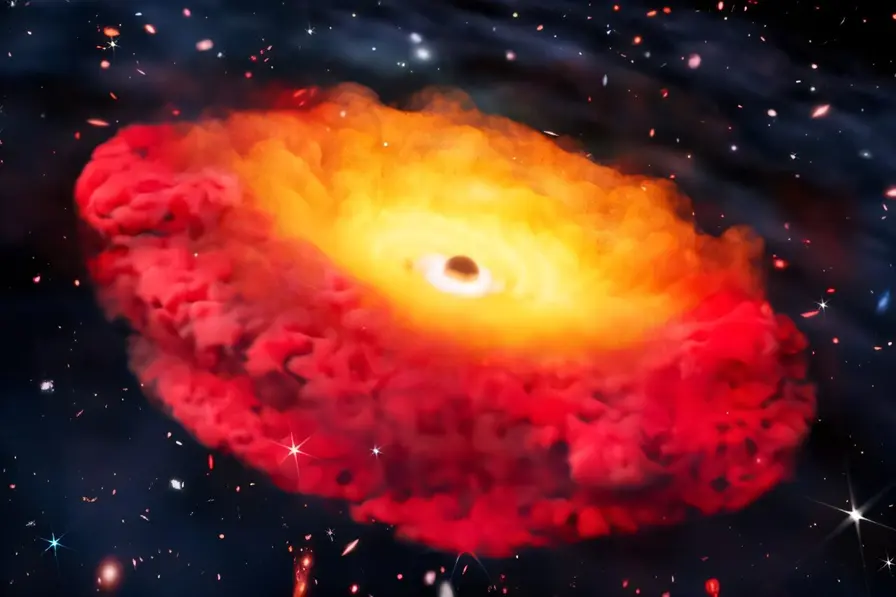
Astronomers confirm the universe's earliest black hole
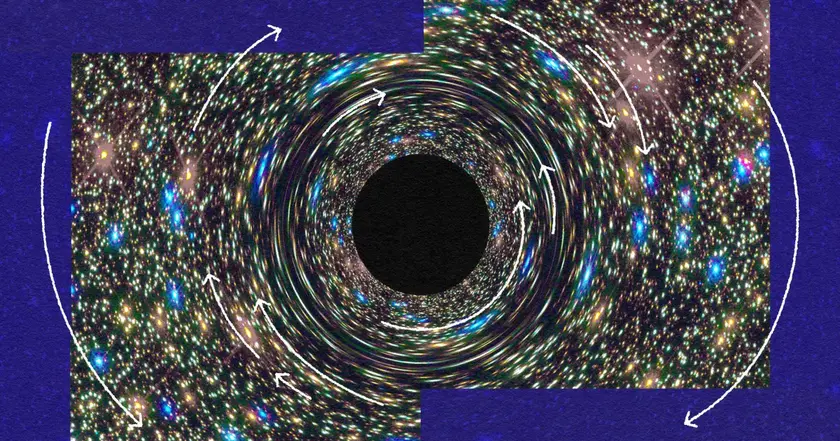
Cosmic Horseshoe Reveals Heaviest Black Hole Yet
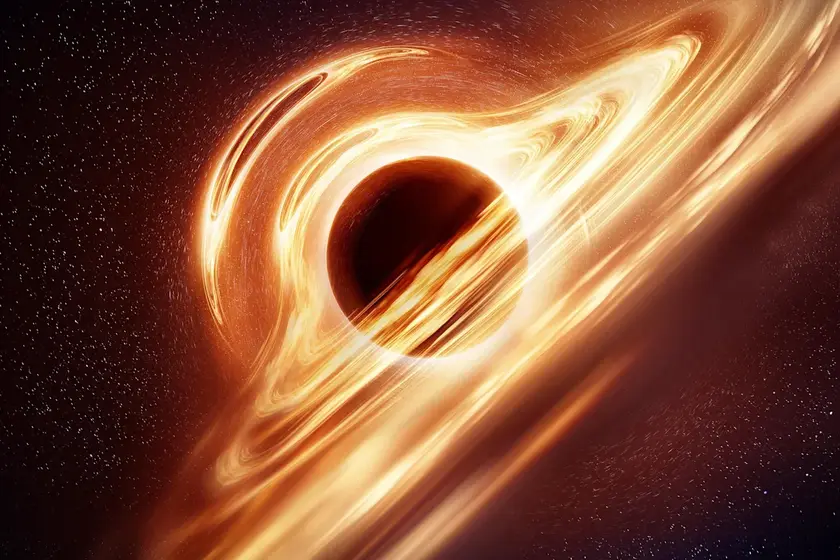
James Webb Telescope may have found early cosmic light sources
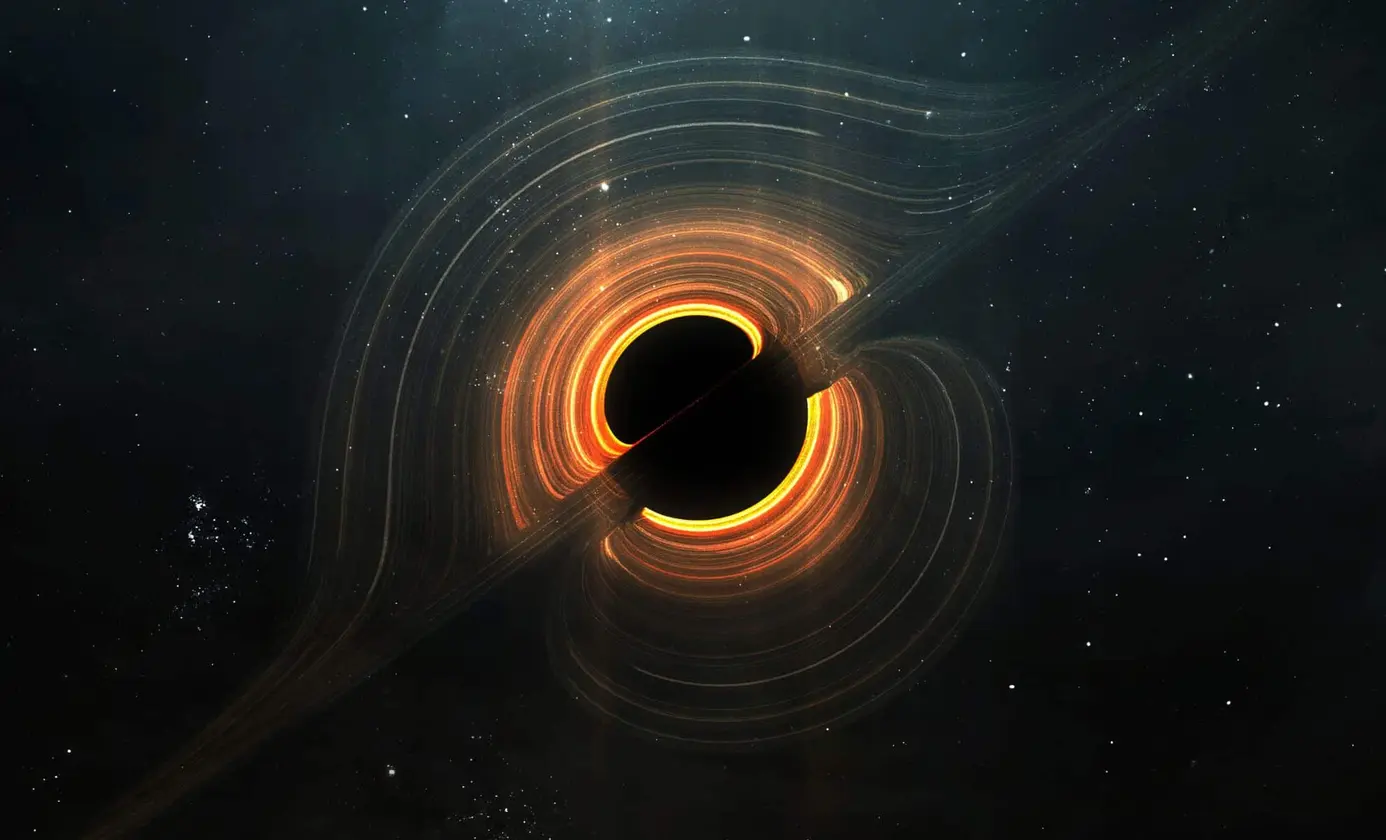
Infinity Galaxy Births a Supermassive Black Hole
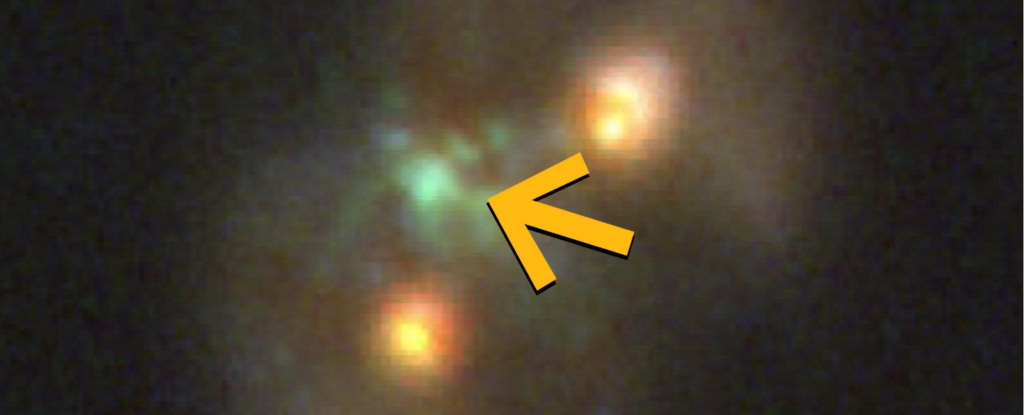
Discovery of Possible Supermassive Black Hole Formation
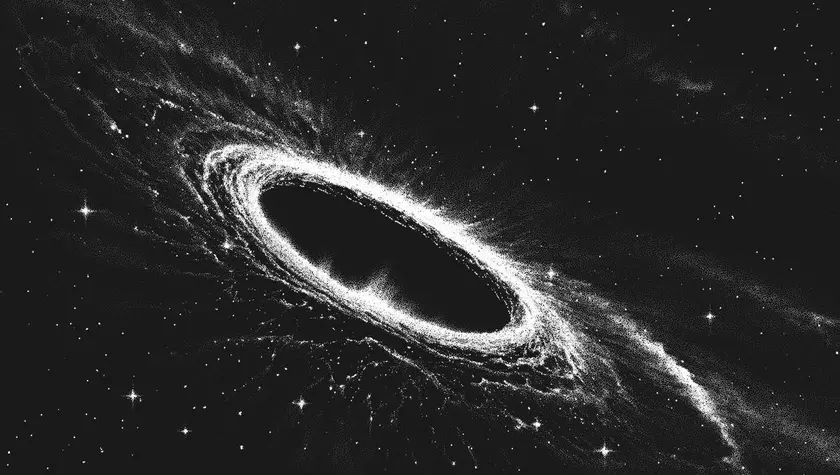
New Study Suggests Universe May Be Inside Black Hole
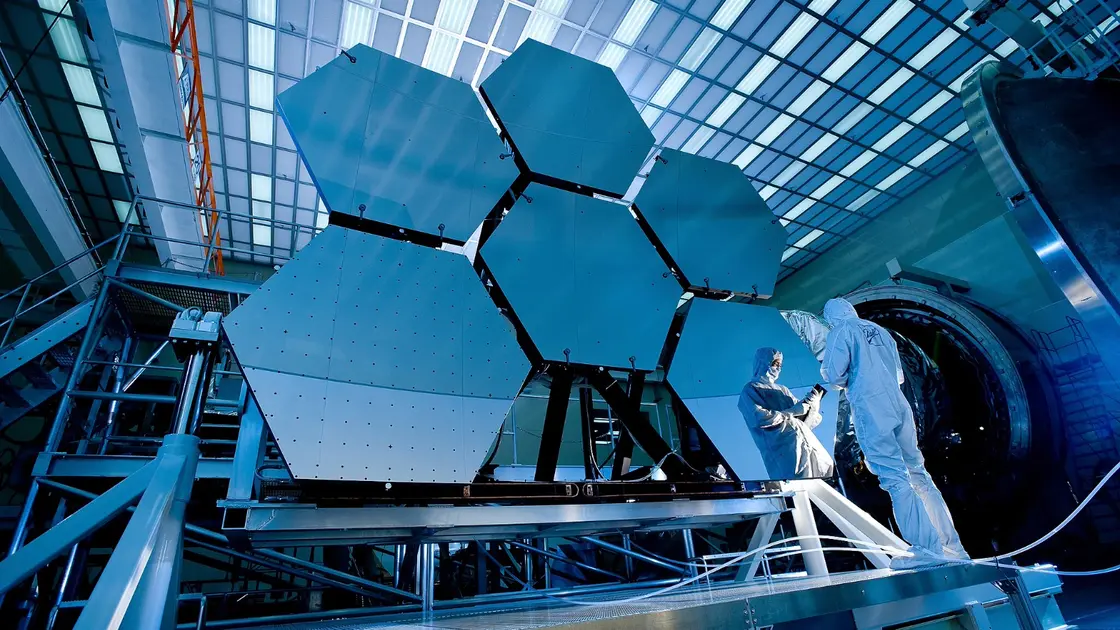
James Webb Space Telescope unveils ancient galaxies
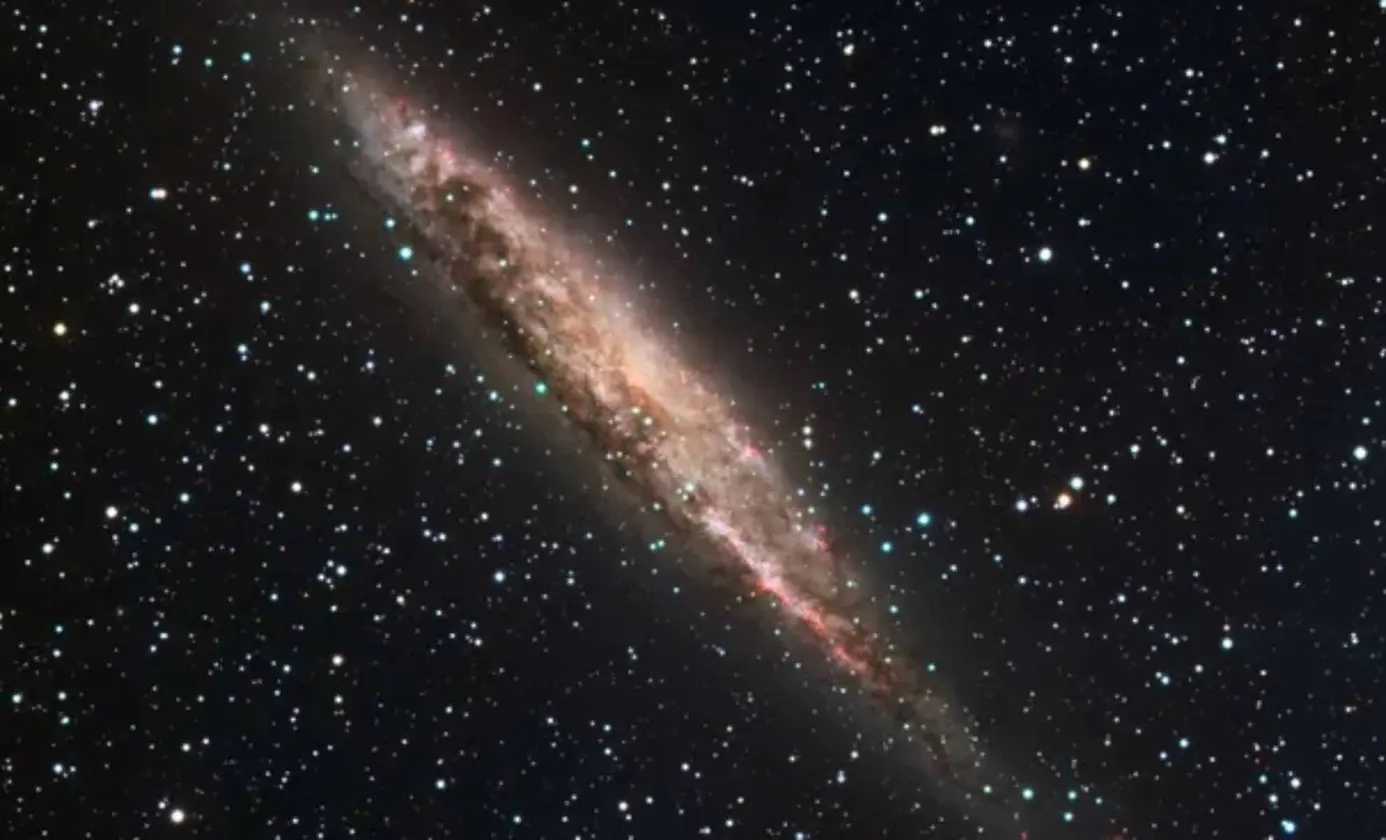
Bright Cosmic Object Defies Known Categories
